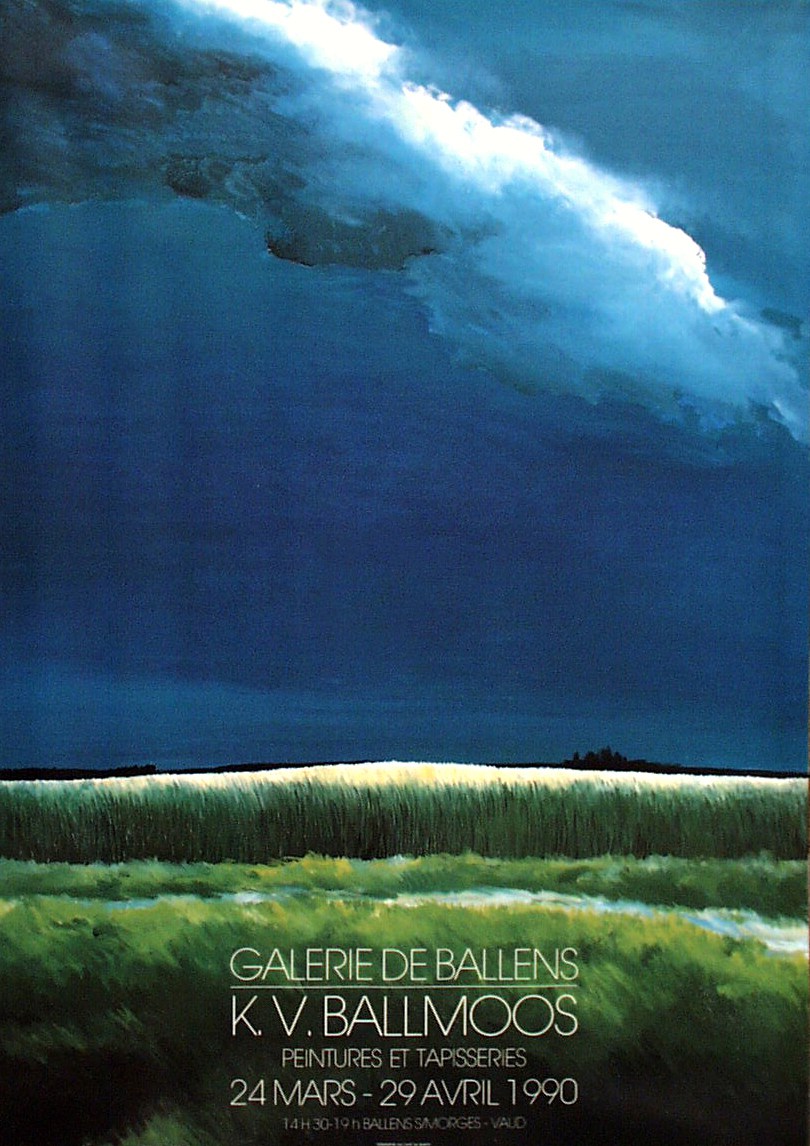Ballmoos
Ball moss was until December 31, 2009, a municipality in the district Frauenbrunnen the canton of Bern in Switzerland. With effect on 1 January 2010 merged with ball moss Jegenstorf Jegenstorf to the municipality in the administrative district of Bern -Mittelland.
Geography
Ball moss is at 567 m above sea level. M., 11 km north of the capital of the canton of Bern ( straight line ). The small village extends on a knoll in the southeastern part of the plateau Rapperswil, the Swiss Plateau, north of the valley of moss lake.
The area of 1.5 km ² large former municipal area included a portion of the central Bernese Mittelland. The communal land stretched from the high surface of the moss ( 555 m above sea level. M. ) southward over the moraine hills of moss ball down to the forest hills of Buechholz ( above 580 m. M. the highest elevation of ball moss ) and Rädisried. To the east were the forests of Upper and underwood and Fuchsacker to ball moss. The area is drained by the moss creek east to Urtenen. From the former rural community area in 1997 4 % related to settlements, 22 % of forest and woody plants, 73 % in agriculture and somewhat less than 1% was unproductive land.
Neighboring communities of ball moss were Zuzwil (BE), Jegenstorf, Schönbühl, Wiggiswil and Deisswil in Münchenbuchsee.
Population
With 54 inhabitants ( 31 December 2008 ) Ball Moss was one of the smallest municipalities in the canton of Bern. Of the residents 98.4 % are German and 1.6 % French-speaking (as of 2000). The population of ball moss amounted in 1850 to 45 inhabitants in 1900 to 78 inhabitants. During the 20th century, the population fluctuated always in the range between 50 and 70 people.
Economy
Ball moss is still living from agriculture, especially from farming, fruit-growing and dairy farming. Outside the primary sector there are no other jobs in the village. Some of the working population commuters who work in the agglomeration of Bern.
Traffic
The village is off the larger passage axes at a connecting road from Münchenbuchsee after Jegenstorf. The nearest links to the motorway A6 ( Bern -Biel ) is located approximately 6 km from the town center. Ball moss has no connection to the public transport network.
History
The area of ball moss was settled very early, which could be detected by single finds from the Bronze Age. The first written mention of the village was carried out in 1269 under the name Banmoos. Later, the names Banemoos (1270 ), Pannemos ( 1274), Balmis ( 1388 ) and Balmmoss (1437 ) published.
Since the Middle Ages moss ball seat was a service man narrowness of the Counts of Kyburg Schlecht that called itself by Banmoos. The Knights of St. John in Münchenbuchsee had rich land in the area of the village. Since 1406 was responsible for the sovereignty over the territory in Bern. After this Commandery was secularized in 1528, Ball moss the bailiwick Münchenbuchsee was allocated in the district court Zollikofen. After the collapse of the Ancien Régime (1798 ), the village belonged to the district during the Helvetic Zollikofen and from 1803 to Oberamt Mrs. Fountain, received the status of an office district with the new cantonal constitution of 1831. Today, Ball moss is working closely with the neighboring community Zuzwil. On 1 January 2010, the merger took place with Jegenstorf. Ball moss does not have its own church, it belongs to the parish Jegenstorf - Urtenen.
Attractions
The village has preserved several characteristic farmhouses of the Bernese country style from the 17th to the 19th century.









